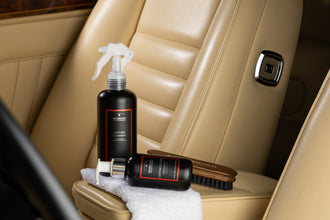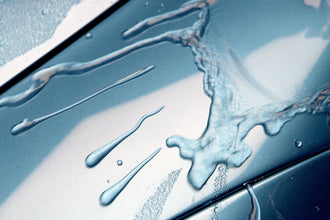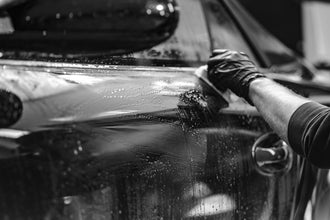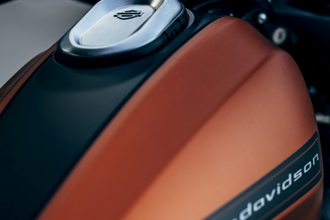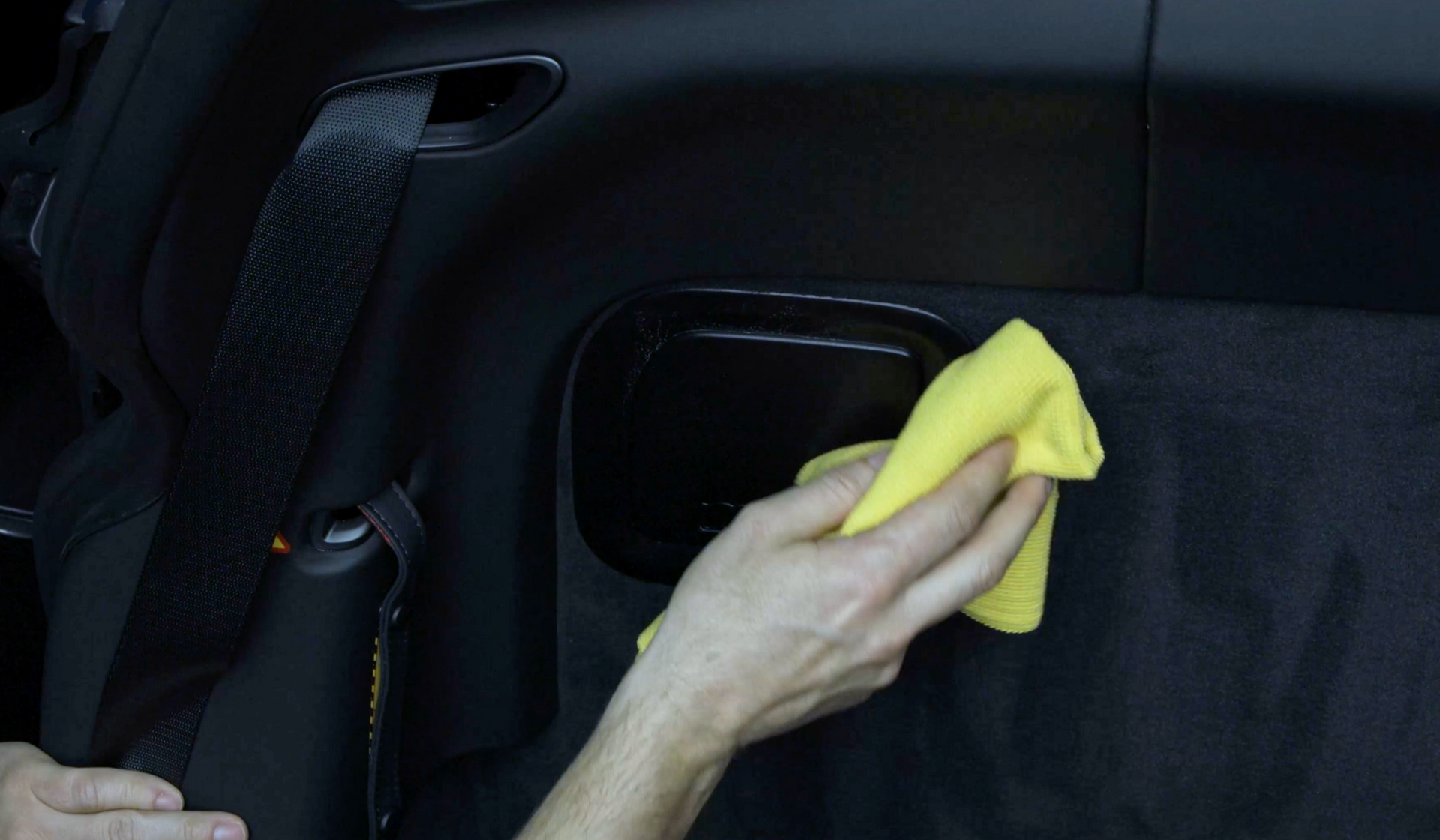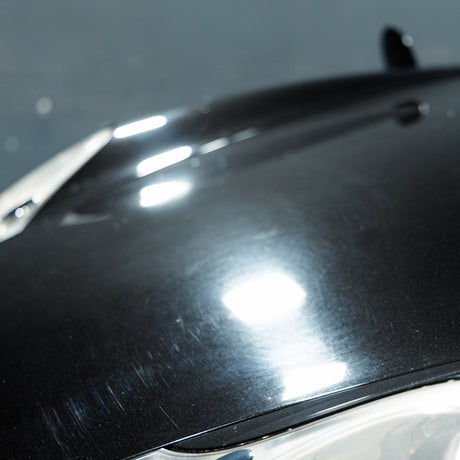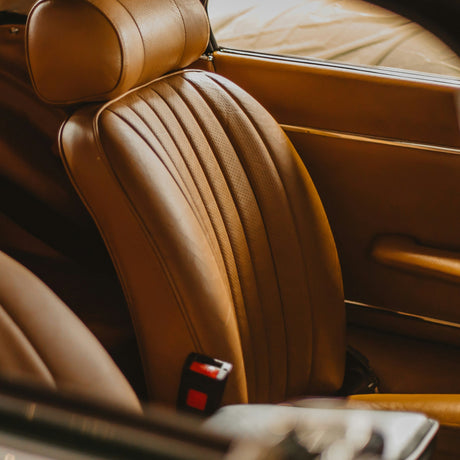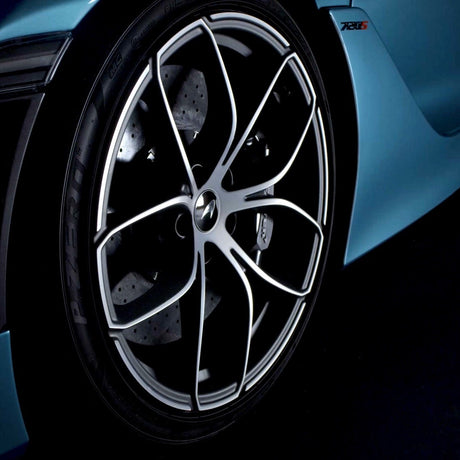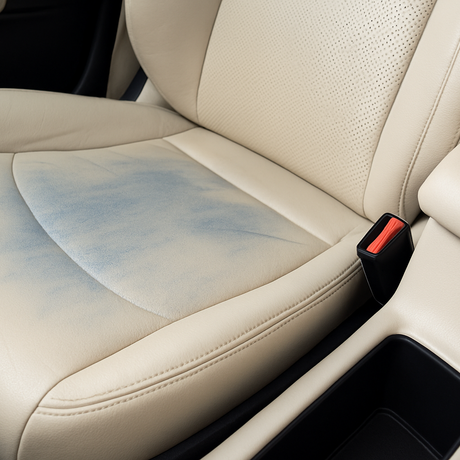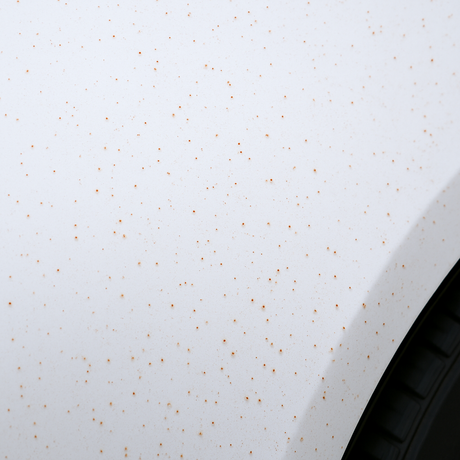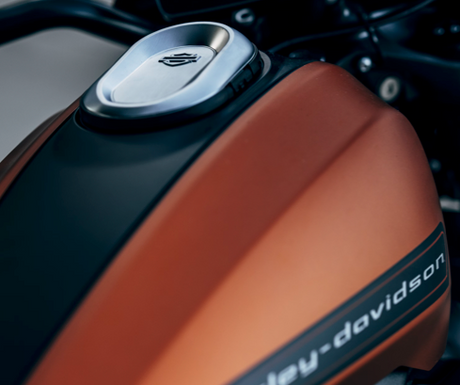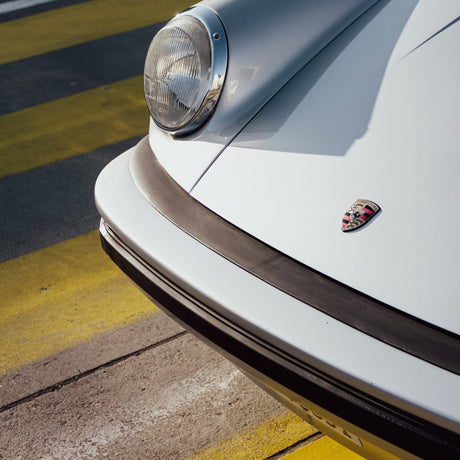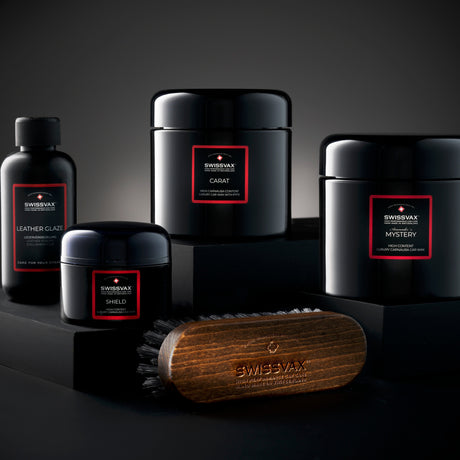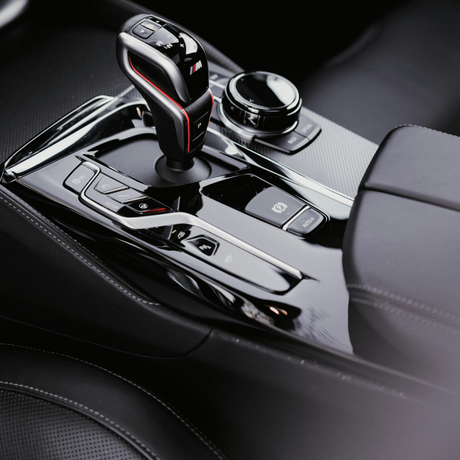Dashboard, door panels, seat bolsters or center console – not everything that looks like leather is actually leather. Modern car interiors are increasingly made of high-quality plastics and synthetic leather. They look deceptively real, feel pleasant, and are often easier to maintain than natural leather. Still, the same rule applies: to enjoy them for a long time, you need to know how to care for these materials properly.
In this article, you’ll learn what to watch out for when caring for synthetic leather and plastic surfaces in your car – with concrete recommendations, common pitfalls and professional tips from the field.
What is the difference between leather and synthetic leather?
Synthetic leather typically consists of a textile backing coated with a layer of plastic – often PVC or PU. The surface is embossed to make it look like real leather. Unlike genuine leather, synthetic leather is not breathable, but it is more affordable and resistant to mechanical stress. Many car manufacturers deliberately use it today – often in combination with real leather, such as on seat bolsters or steering wheels.
Plastic surfaces like dashboards, door panels or center consoles may look high-quality, but they are sensitive to UV rays, temperature fluctuations, and harsh cleaning agents.
Cleaning: Thorough, yet gentle on materials
Synthetic leather and plastics need care – but the right kind. Avoid harsh household cleaners, aggressive all-purpose sprays or alcohol-based products. These can attack the surface, make it brittle or cause shiny spots.
Instead, use SWISSVAX Plastic Wash, which is also suitable for synthetic leather. Combined with the Cleaning Brush or a soft sponge, it gently and thoroughly removes dirt, skin oils and dust.
- Work in small sections
- Never apply the cleaner directly to the surface – better on a cloth or applicator pad
- After cleaning, wipe dry with a clean microfiber cloth
Care & protection: Longevity starts at the surface
After cleaning, targeted care is recommended. Although synthetic leather doesn’t need re-oiling like real leather, the materials still benefit from a protective film that guards against UV rays, abrasion and re-soiling.
For this purpose, SWISSVAX Leather Glaze was developed. It’s excellent for synthetic leather surfaces and forms an invisible, matte protective layer. Especially with light interiors or heavily used surfaces, it’s a true lifesaver.
- Protects against discoloration and wear
- Makes future cleaning easier
- Prevents that typical greasy look over time
Avoid common mistakes
Even if plastics seem more robust – with the wrong care, they quickly lose their appearance. Keep the following in mind:
- No oily cockpit sprays: They attract dust and leave greasy residues
- No abrasives or micro-scratches: These damage the surface permanently
- No excessive moisture: Water can accumulate under films or in seams
And most importantly: Always test in an inconspicuous area first – especially with vintage cars or delicate materials.
Synthetic leather is not second-class
Even if it’s not breathable and doesn’t develop a patina – high-quality synthetic leather and modern plastic trims can look elegant. With proper care, they remain attractive, tactile and free from shine or signs of wear for a long time.
Want to give your interior a fresh look?
Discover SWISSVAX products now or book an appointment at our Leather Atelier – for professional advice and perfect results.

